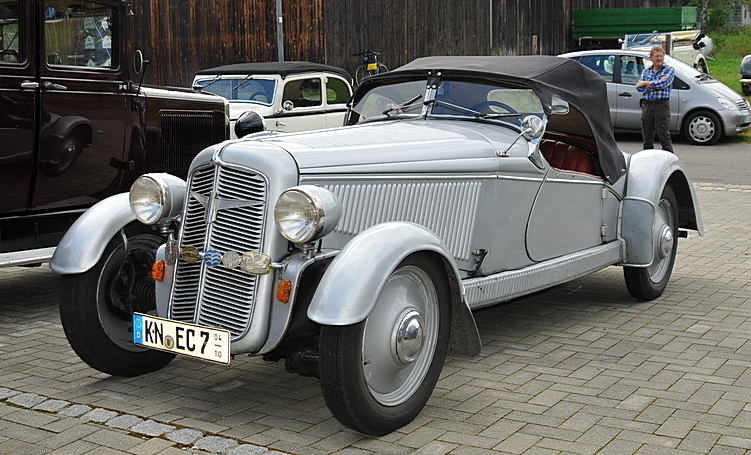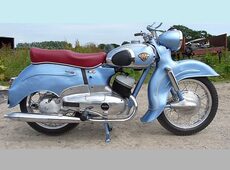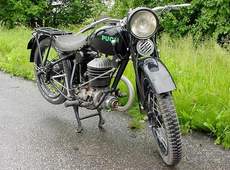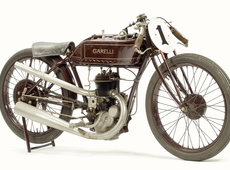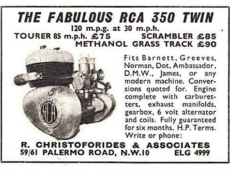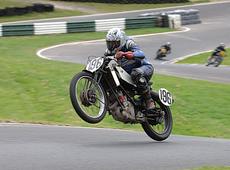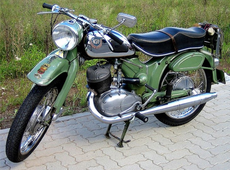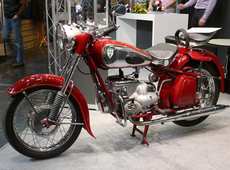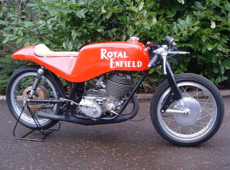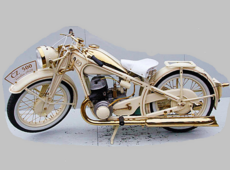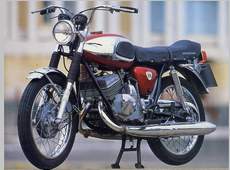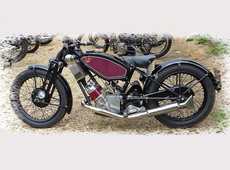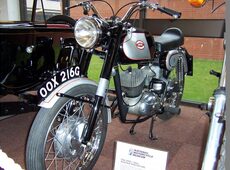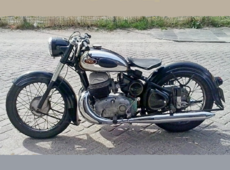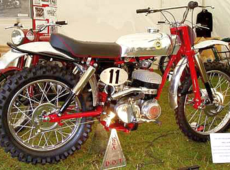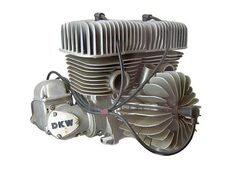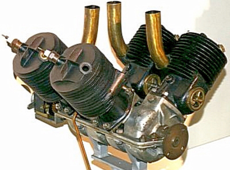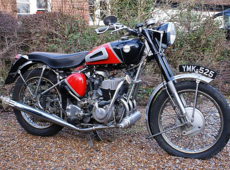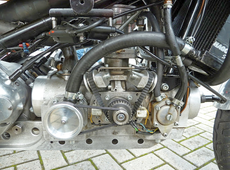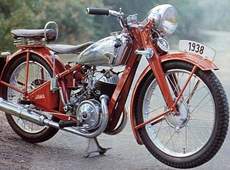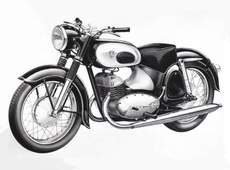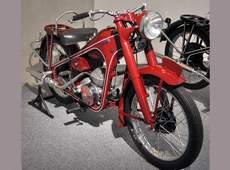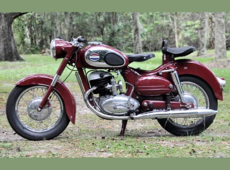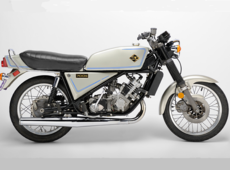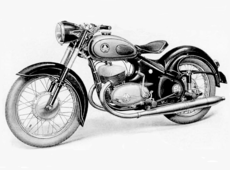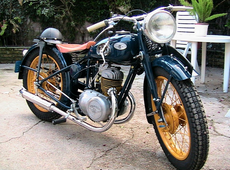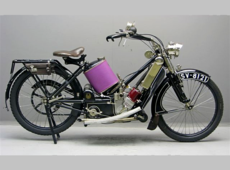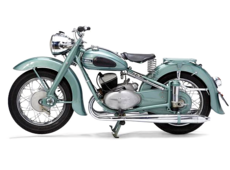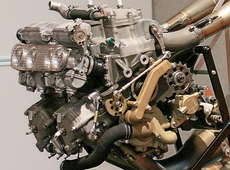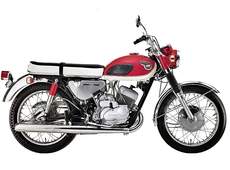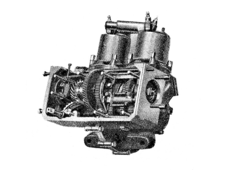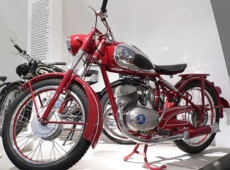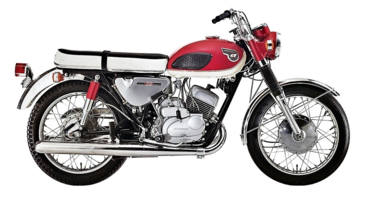
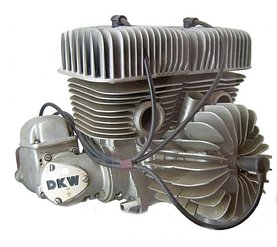
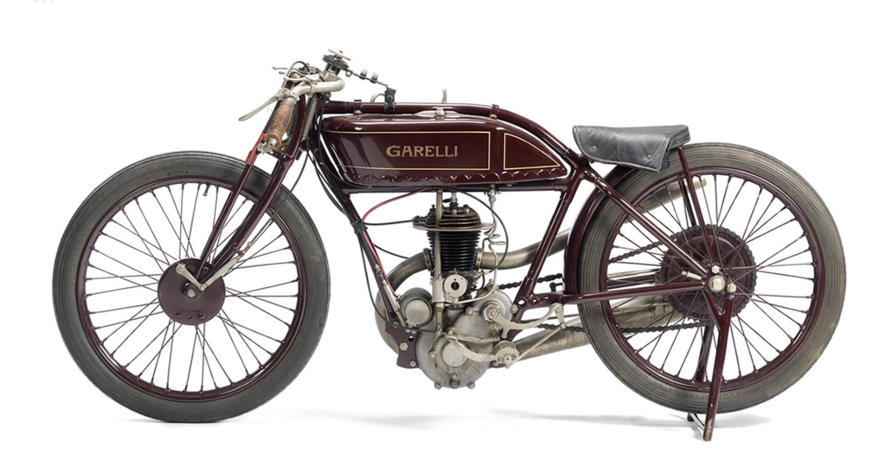
This page updated on 20/04/2017
Two-stroke motorcycle history.
The Japanese.
Are the Japanese the copy cats they are made out to be?
I would love to give the Japanese some benefit of doubt, they must have at least invented something and not just copied everything, however the more I research two-stroke history other things come to light, my conclusion is that it’s probably true, at least to do with this particular subject. The Japanese stole hook line and sinker from the Germans manufactures - MZ, DKW and Adler's motorcycle technology, they also lifted from the Germans their camera and lens expertise as well.
I think I am as guilty as most on my view of the Far East, the people there don’t look European, so because of their skin colour and facial appearance we assume similarities between Japan and China, how wrong can we be. The Chinese were great inventors whereas the Japanese appear to be the opposite, for countries that are neighbours their creative differences are baffling.
A BBC Horizon documentary of decades ago questioned why the Japanese should be so unable to create new ideas of their own. Tokyo University were studying this phenomenon and compared the Japanese brain against that of other more creative nations, Germany, UK etc. The part of the brain responsible for original thought and creativity was hugely undeveloped in the Japanese brains. So there’s a good reason for their lack of originality.
Suzuki and MZ.
A carefully orchestrated defection took place in 1961 to get East Germany’s Ernst Degner out of the country, Degner was a development motorcycle racer for the MZ motorcycle company. Around the late 1950’s and the early 1960’s MZ ran a very successful motorcycle racing department, developing two-strokes to a new level.
Degner wanted to leave East Germany and Suzuki wanted MZ’s secrets, a deal was arranged between Degner and Suzuki and in November 1961 he defected from East Germany taking MZ’s secret engine technology with him.
In the furtherance of my two-stroke research I contacted an esteemed author and former Suzuki GB employee with some questions for him, this was after I discovered a rather sparse website, it’s only content was a personal exchange between the Suzuki GB employee (Mr X) and a top level Japanese employee. Here is (Mr X's) response following my contact with him.
Quote. The reference you found was written after my communication with Hiroyuki Nakano (who designed many of Suzuki’s 1960s racers) just stopped without warning. I asked my friend Toda-San to find out what had happened. Nakano-S.an had finally read my book and my mention of the significant part played by Ernst Degner (and thereby MZ) in producing Suzuki’s winning 1962 engines. He was most upset at this. I was told that Nakano-San was suffering terminal cancer and had only a few months to live which evoked my rather humble apology to this man (who incidentally, kept out of my way when I was researching my book). But he still lives and moreover, published my grovelling apology on his website in order to boost his own reputation. In fact I can tell you that Nakano-San and some other Suzuki engineers, so happy to learn the secrets of MZ’s engine technology from their new rider Ernst Degner when he flew to Hamamatsu in November 1961, are today in complete, utter and abject denial of any help they ever received from him. Shame on them!" Unquote.
Suzuki, Yamaha, Ariel and Adler.
A company that the Japanese also copied, was to us in the UK the lesser known German company Adler 1880-1953.
Adler had a history of producing typewriters, bicycles, cars and motorcycles and manufactured their first motorcycle in 1901, a four-stroke. As well as making motorcycles, they were to become one of the most successful motor vehicle manufacturers in Germany and produced about 20 per cent of the German car market before the First World War. A most famous Adler car was the Trumpf of 1932, see the picture at the bottom of this page. The Trumpf was an advanced car, featuring front wheel drive and independent suspension on all four wheels.
During World War II Adler produced, among other things, machine tools and tank chassis and engines. To maintain continuous production Adler employed forced labourers and concentration camp inmates. All told about 1,600 such labourers were used, and those who survived were sent on the fatal death march to Buchenwald, or died at the camp itself.
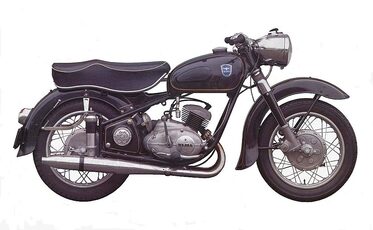 A commemorative plaque that recalls this awful historic event is mounted near the former main entrance of the Adler plant in Frankfurt. After the war they re-established the company solely as a motorcycle producer, and in 1949 Adler re-started motorcycle production with a range of motorcycles, the M100, M125, M150, M201 singles and the M200 and M250cc twins.
A commemorative plaque that recalls this awful historic event is mounted near the former main entrance of the Adler plant in Frankfurt. After the war they re-established the company solely as a motorcycle producer, and in 1949 Adler re-started motorcycle production with a range of motorcycles, the M100, M125, M150, M201 singles and the M200 and M250cc twins.
A few years later in 1954 Alder introduced the new MB range, the MB150 and MB201 singles and a couple twins, the MB200 twin and the excellent MB250 twin and it's variants.
This new 250 twin was a ground breaking design, however even though the Adler twin is a piston port two-stroke, it is far from simple, the engine is loaded with progressive details which resulted in a straight forward design that is still impressive today.
The reason two-stroke twins were so few up to the time is mainly because of sealing problems between the two halves of its single crankshaft, needed to gain separate pre-compression for each cylinder. Additionally the alignment of a ‘built’ crankshaft was not easy to mass produce.
The gearbox is a four-speed unit of flawless manufacturing quality, reflecting Adler's knowledge about gear trains learnt from machine tool manufacturing. Just like the crank, the gearbox's shafts are pushed into the cases from the side and fixed with another bearing shield.
The Adler MB250 twin-cylinder two-stroke was a very important and significant development in two-stroke history and was accepted by riders as the first modern sports two-stroke, a masterpiece of quality, design and engineering.
Historically the MB250 is the motorcycle that Adler were most famous for, with an engine that was far ahead of the competition, particularly for other manufacturers to base their designs on. An incredible 11,000 MB250’s were produced between during 1954 and 1956.
In 1957 Adler motorcycle production had ceased and together with TWN they were taken over by Grundig to produce office equipment.
Honda made their first motorcycle in 1949, a 100cc single cylinder two-stroke and six years later in 1955 it was Suzuki's and Yamaha’s turn to produce theirs. Yamaha’s was their YA-1 125 two-stroke, a device based on the German DKW RT125 and
Suzuki’s first motorcycles were two models, their Colleda COX four-stroke single and the Colleda ST two-stroke single, their ST two stroke definitely doesn’t appear to be DKW RT125 inspired, however it does have the same bore and stroke.
The next step for was to produce twin cylinder two-stroke motorcycles, a new challenge for Japanese manufactures as they had never built a twin cylinder two-strokes before, incidentally the Germans were producing two-stroke twins well before the war and even Villiers in 1927.
Because of their relative lack of two-stroke experience the easy option for the Japanese was to copy someone else’s design and both Yamaha and Suzuki did just that, choosing the Adler MB250 for the basis of their new range of two-stroke twins together with their own engine improvements and unique styling.
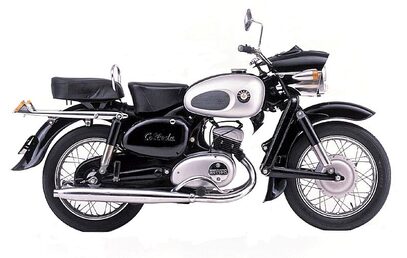
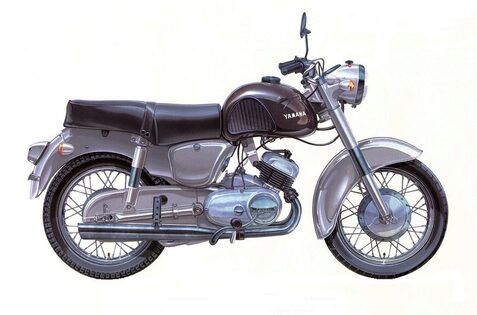
In 1956 the Suzuki Colleda was launched and a year later the Yamaha YD-1, different styling and an Adler based engine.
A testament of Adler’s design expertise is their choice of 54mm bore and stroke and copied by Suzuki, Yamaha and Ariel, a 'stroke' of genius, pardon the pun! The 54mm bore and stroke continued in use by Suzuki from 1956 to 1984 and by Yamaha 1957 to 1988.
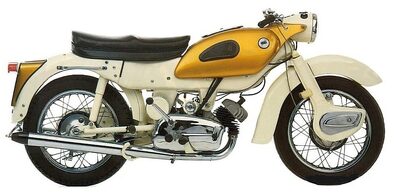
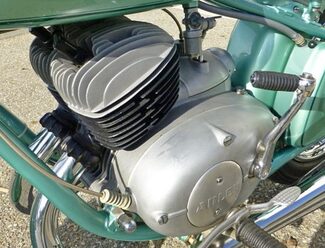
Ariel Leader/Arrow 54mm bore and stroke, 1958 to 1965. Adler MB250 engine.
The Adler MB250 was a quality motorcycle and I was lucky enough to have ridden one, it’s engine was superior in every way to the any other 250 that I had ridden and the complete motorcycle was better than any other 250 available at the time. If BMW had made two-strokes it would have been like the Adler.
Yamaha and DKW.
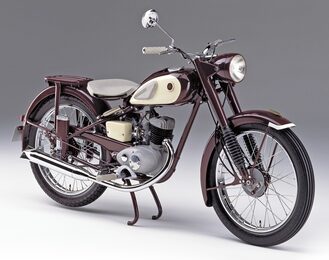 After World War 2 many manufactures chose to copy the excellent DKW RT125 as it was now available to all and sundry because of World War 2 repatriations, as well as our own BSA Bantam over 20 manufacturers around the world copied the RT125.
After World War 2 many manufactures chose to copy the excellent DKW RT125 as it was now available to all and sundry because of World War 2 repatriations, as well as our own BSA Bantam over 20 manufacturers around the world copied the RT125.
Yamaha was one such company, however the difference is that it was Yamaha's very first motorcycle, the
YA-1 1955—1958. To give Yamaha some credit they did make some useful improvements, 4 speed gearbox, primary kick-start, unfortunately it still looks too much like a DKW RT125 or a BSA Bantam.
It's a shame that it took BSA 12 years to produce a Bantam with a 4 speed gearbox.
Honda's very first motorcycle was a two-stroke.
Gorgeous 1935 Adler Trumpf drophead coupe, not a two-stroke!
Spezial Monoposto racer. The 4 speed front wheel drive transaxle is placed in front of the 995cc four-stroke engine, this allowing the car to be dropped down inside the frame instead of resting on top like other cars. This front mid-engine arrangement lets the car have a flat floor, with no tunnel and sit remarkably low for improved handling and aerodynamics. Adler also designed the car with 4 wheel independent suspension, aerodynamic wheels, a folding top that stows out of sight behind the seats and an in dash Tempometer – thought to be an early trip computer!
